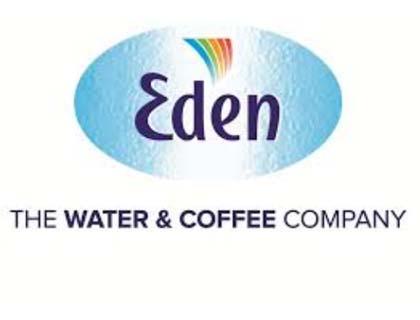0800 011 4531
Call FREE: Mon-Thu: 08:30-17:00 Friday: 08:30-16:00
In many modern offices, technology plays a vital role in day to day activities. Word processing, email systems, workflow suites, customer relationship management (CRM) software, and design packages are all productivity lifelines to many businesses today. With such a wide range of software available, all claiming outperform each other, it can be a daunting task to decide which one is best for your business. However, there is no doubt in anyone’s mind that advancements in technology have revolutionised not only the way we work, but also the volume of output and the pace at which we work – and the techno-revolution isn’t showing signs of slowing down anytime soon.
When it comes to assessing your businesses’ technology needs, it’s important to be practical. Start by monitoring your current technology usage, making notes of any issues highlighted by team members using it on a daily basis. Before investing in new software, ask yourself:
Many software packages will offer trial periods. We recommend taking on a trial of a product before buying, giving your staff – the ones who will be using it the most – a chance to test it thoroughly before committing to what could potentially be a costly business mistake. Featured Expert: “These days, many companies are choosing to pay monthly for cloud services (such as Microsoft 365 and Adobe Creative Cloud) instead of spending a big, one-off sum on a new piece of software. What's right will depend on your business, but cloud services generally offer more flexibility and fewer maintenance overheads. “Many businesses are less efficient than they could be, simply because their staff don't know the best ways to use the technology they have. Training can be a great investment. Often you'll recoup the costs in time saved by your staff, and providing relevant training can boost staff retention too.” – John McGarvey from The IT Donut.
Such strong reliance upon technology can also have negative consequences, however, and something as simple as an internet outage can cause operations to come to a halt instantly. Be sure that your business has a backup plan, ensuring that data is safely stored on multiple devices. It may be worth investing in a second internet connection, phone line or emergency power supply if you are dealing with time sensitive projects. This will ensure you don’t have all of your eggs in one basket in the event that things do go wrong. Take Action: Ask your team to prepare a report on your current software packages, highlighting any issues or blocks to their workflow. This is a great opportunity to identify whether it’s the technology itself or the need for staff training holding your business back. Business technology specialists, TechnologyAdvice, highlight how crucial it is for businesses “to stay current with emerging trends and take advantage of opportunities to increase efficiency and productivity. However, companies must also properly research and vet their options to identify the best fits for their specific needs to avoid wasting time and money in implementation.”
